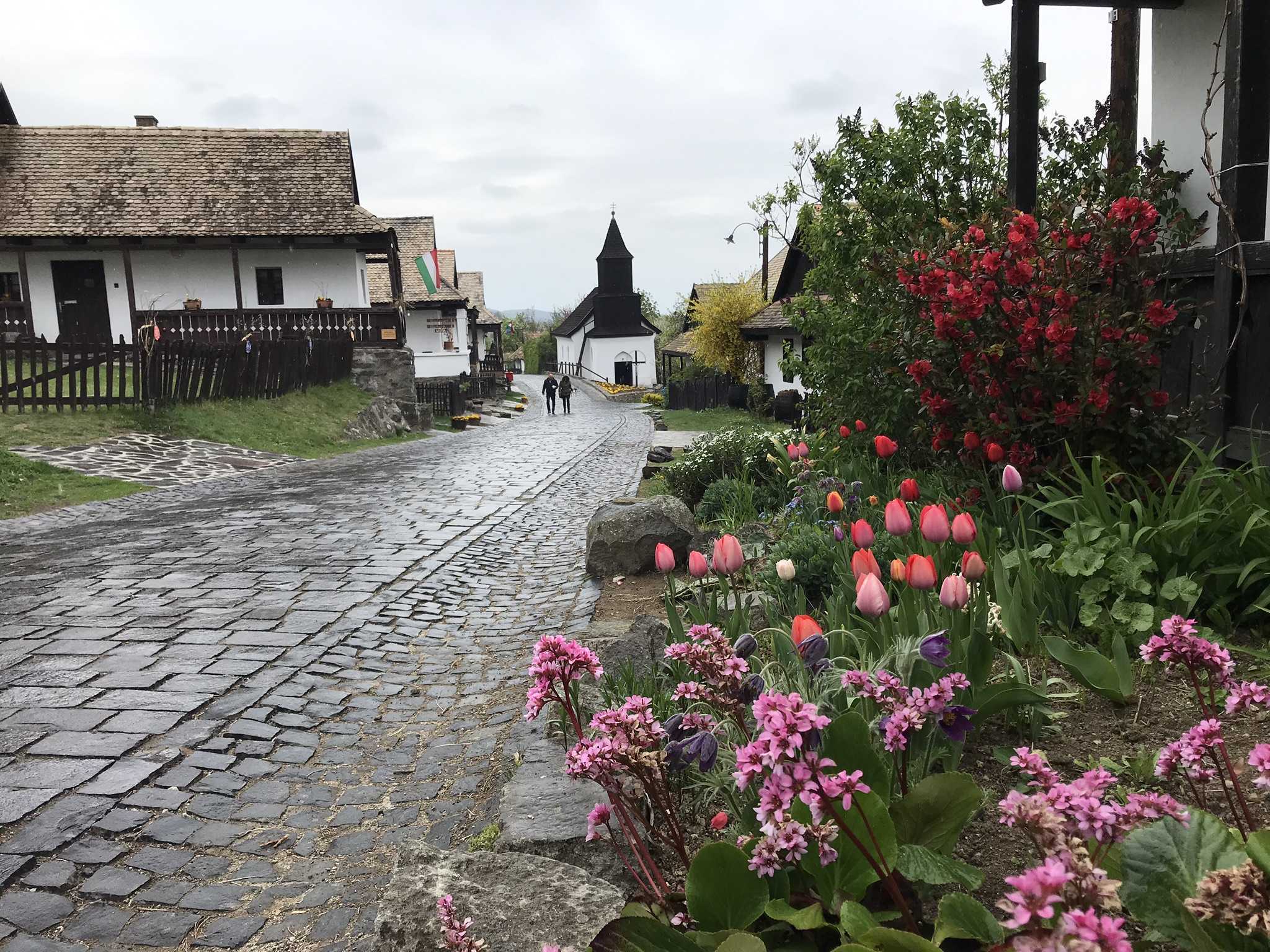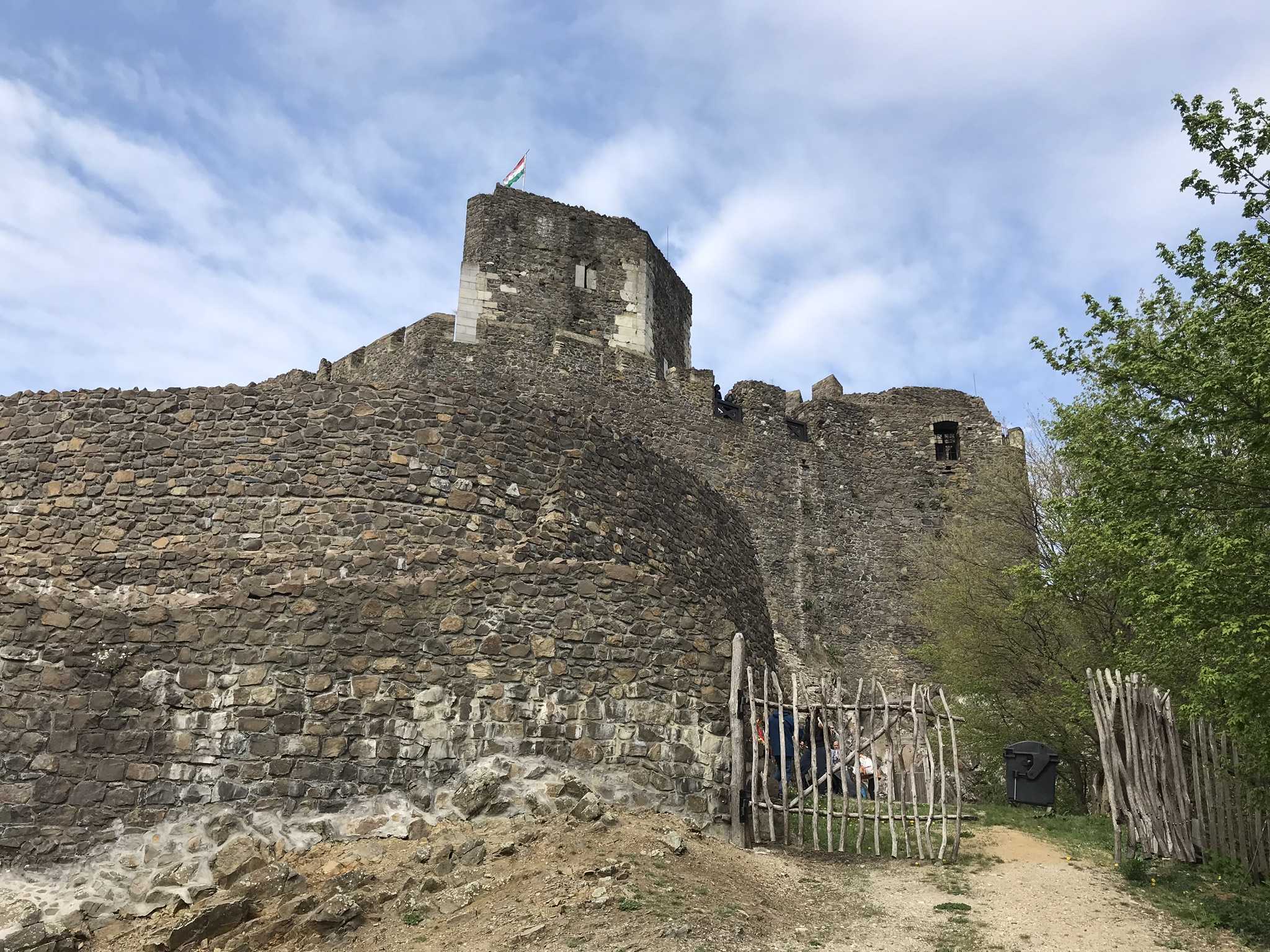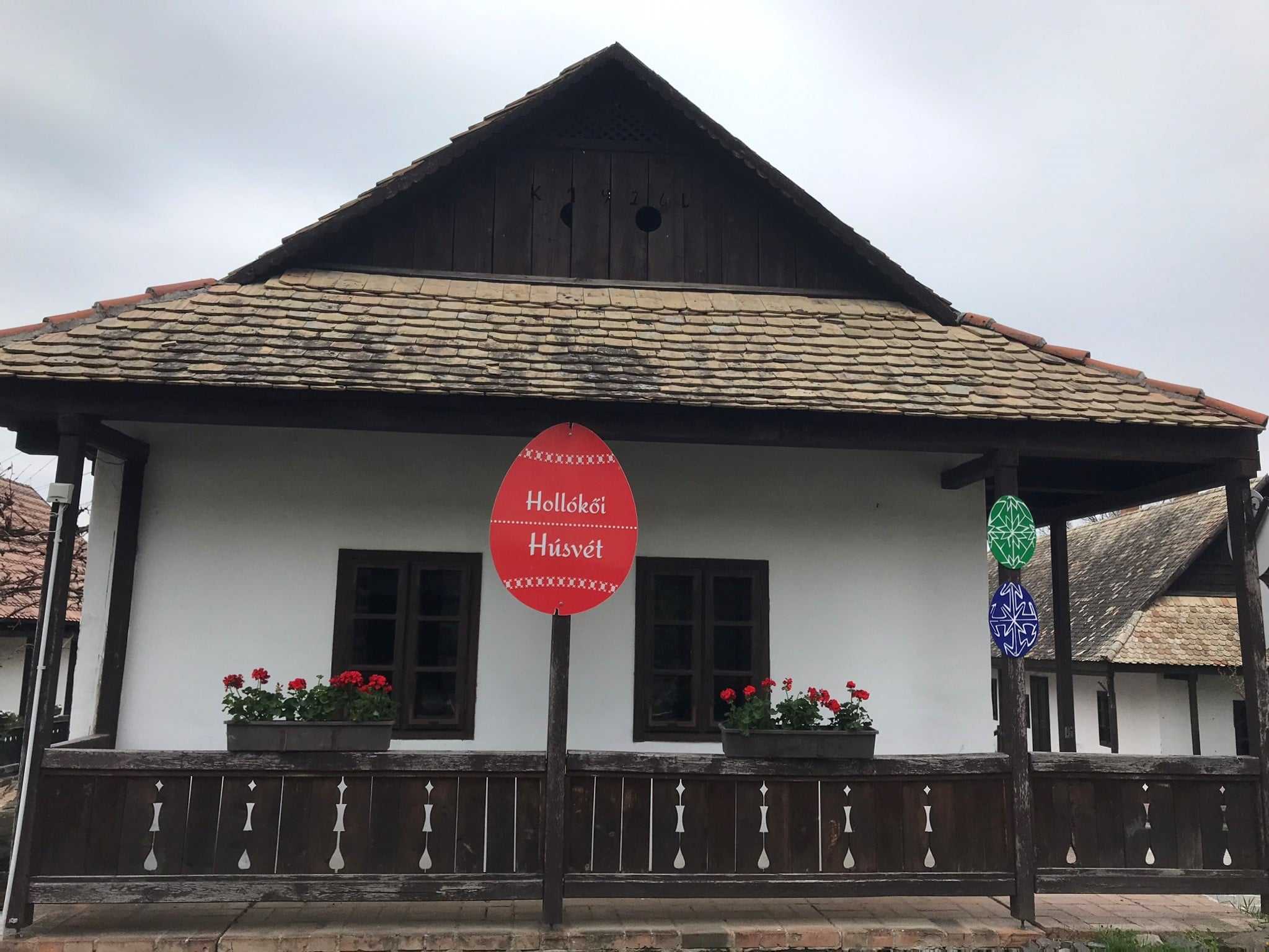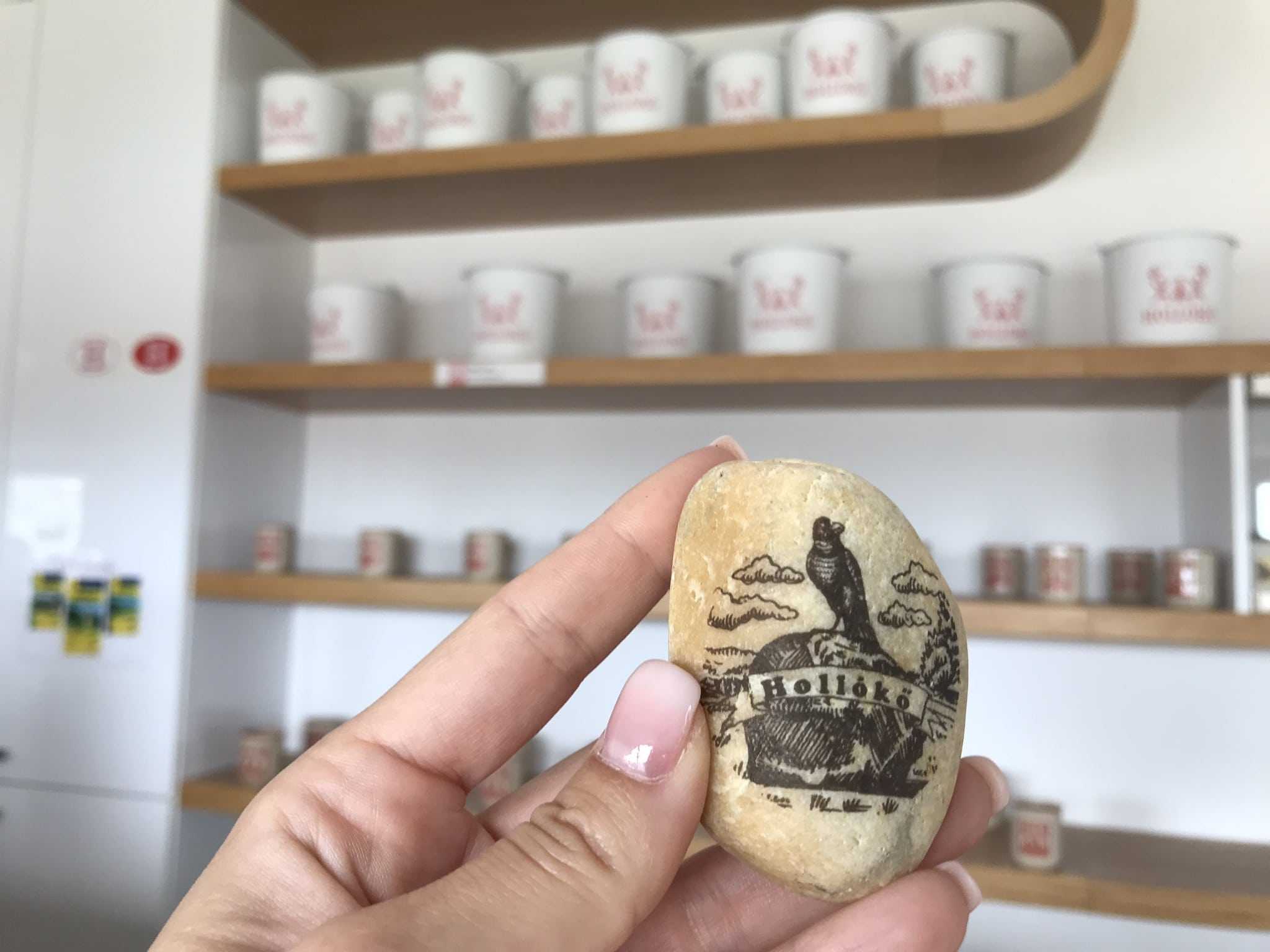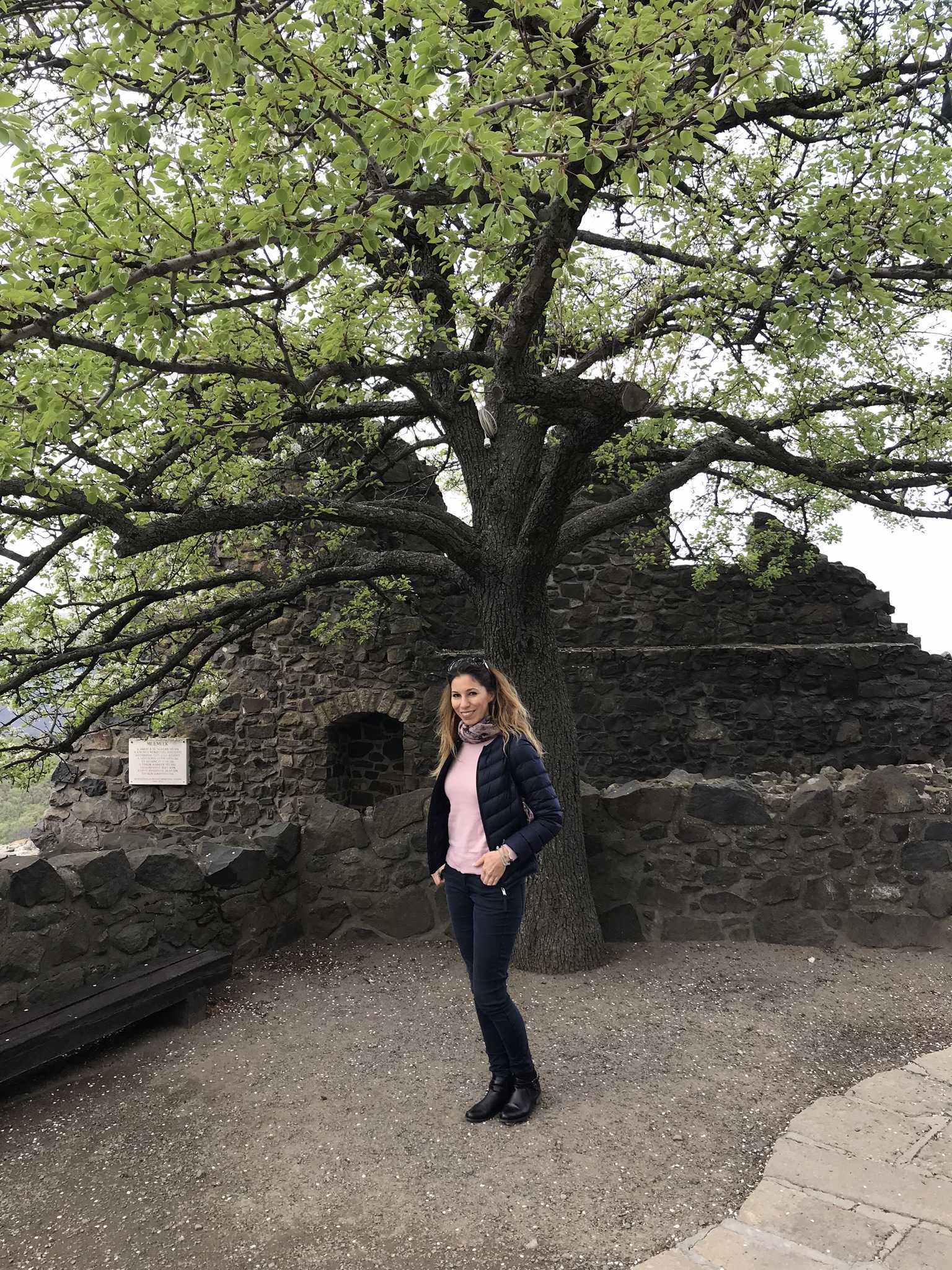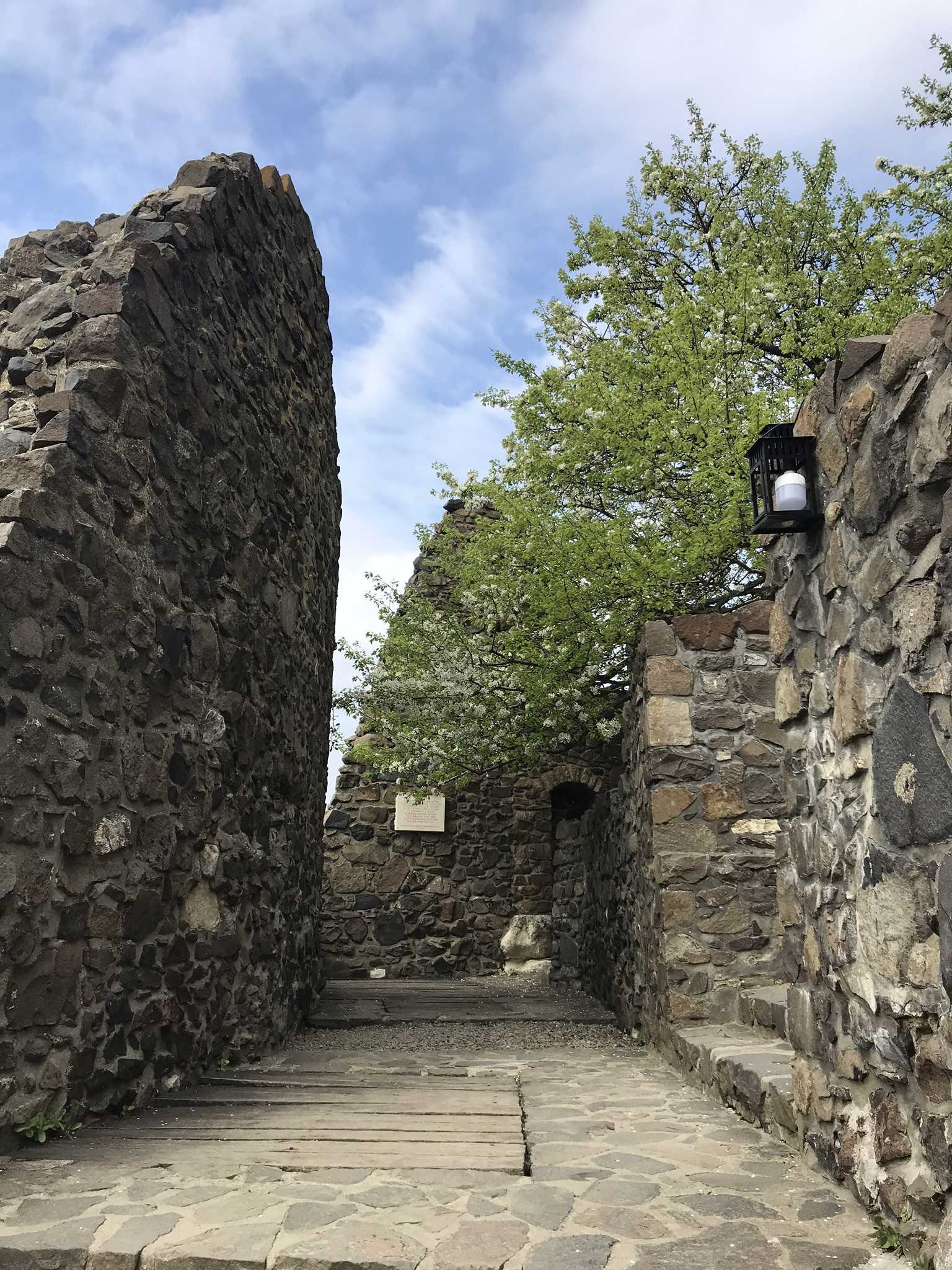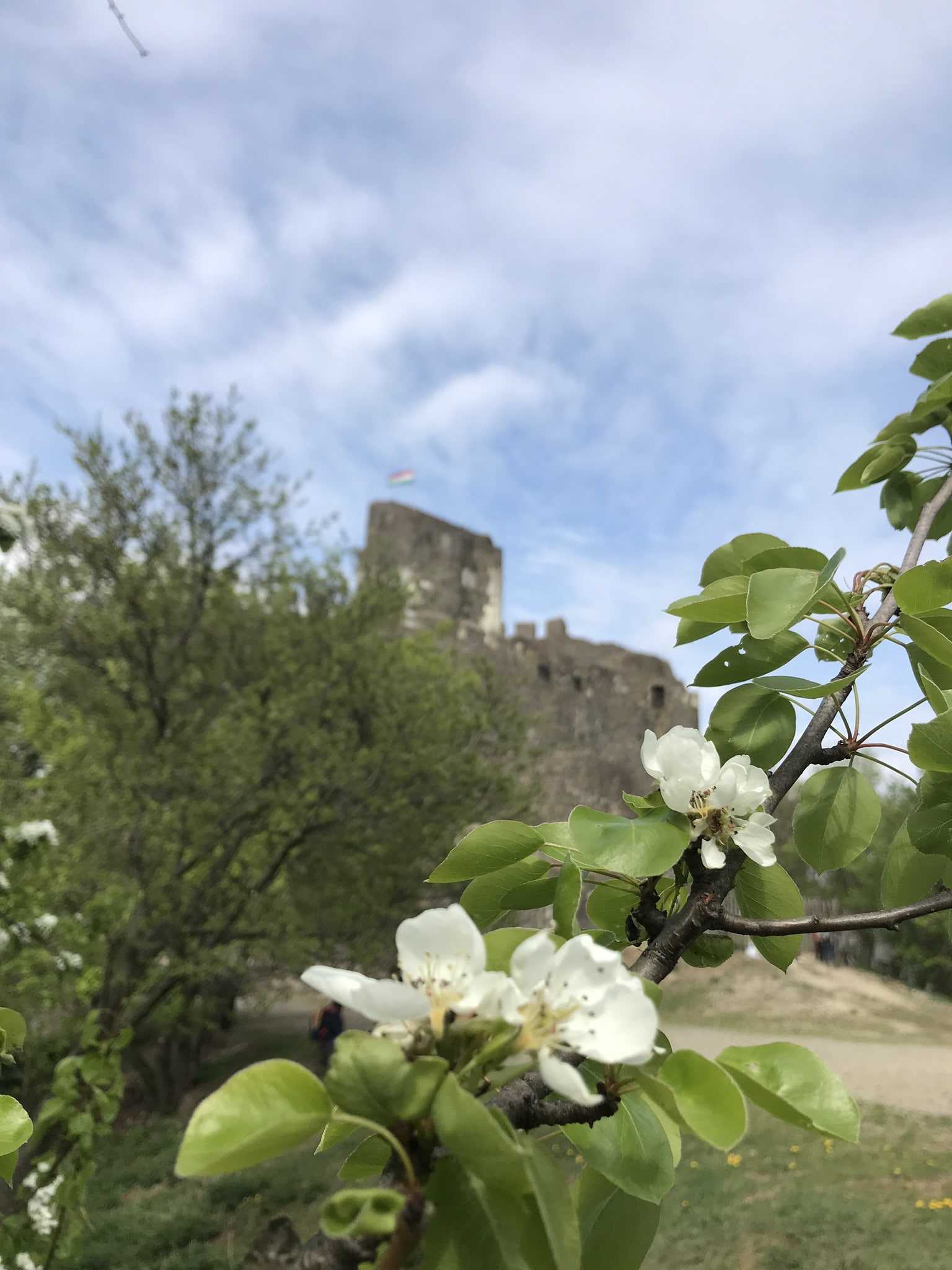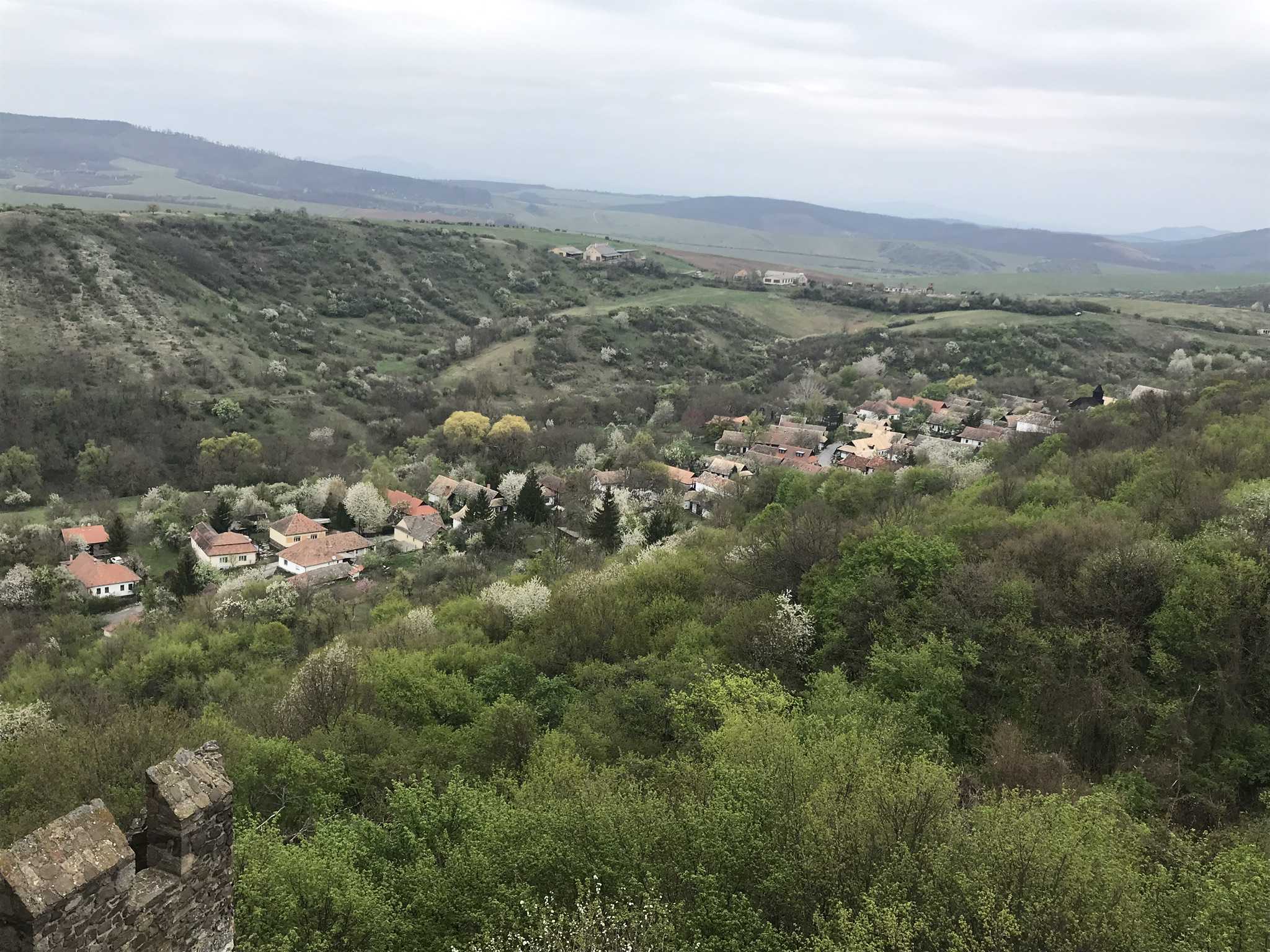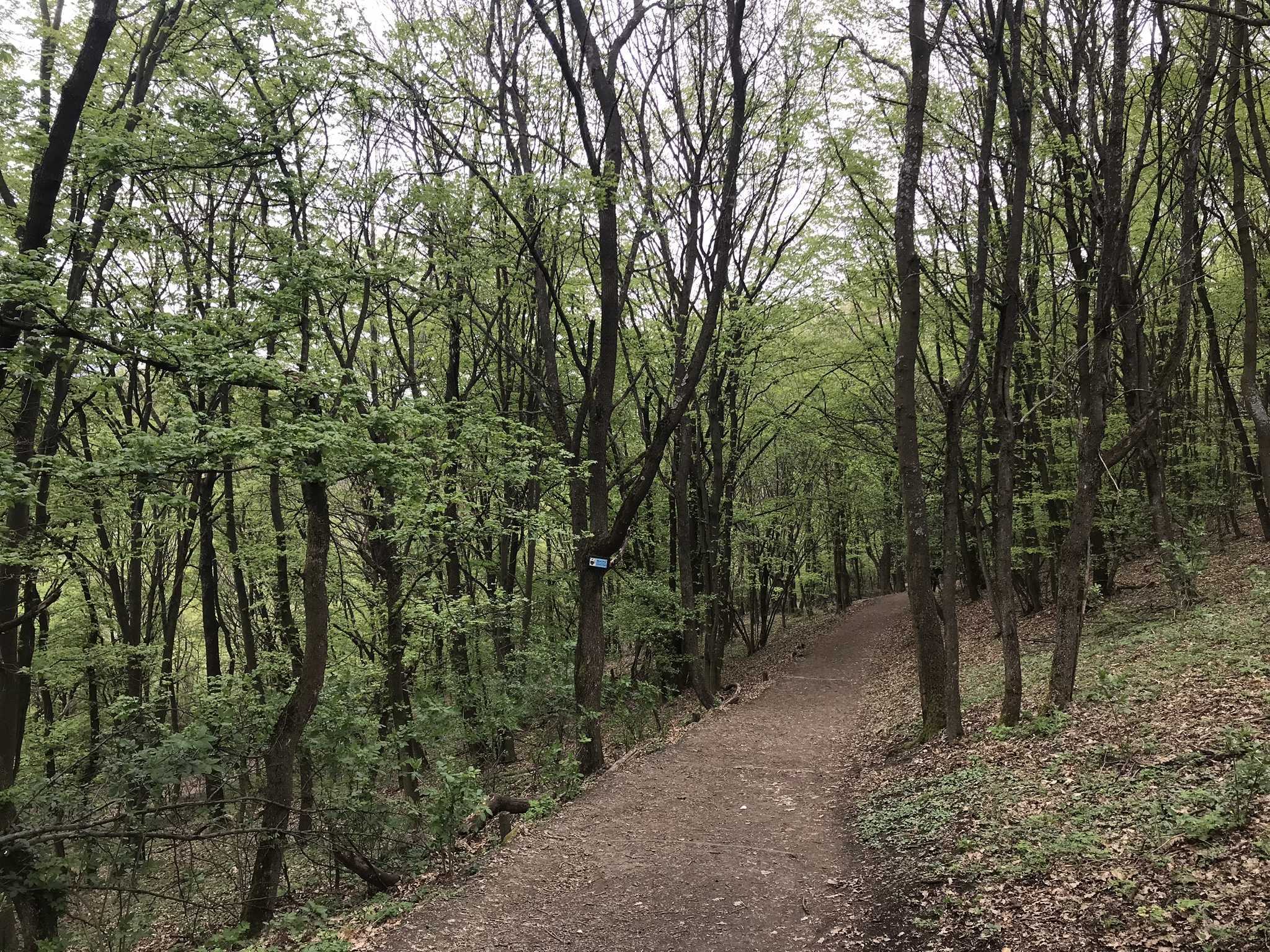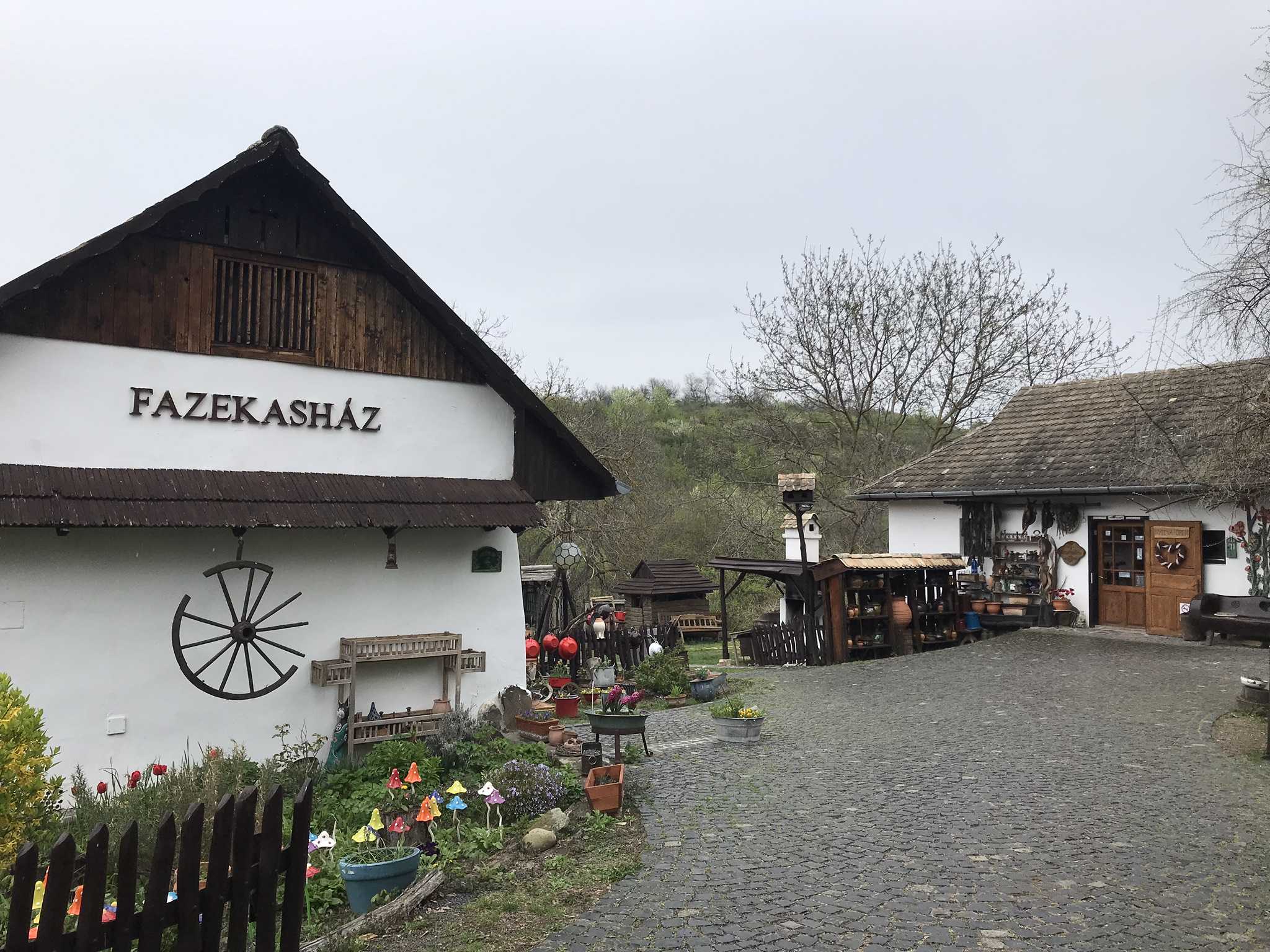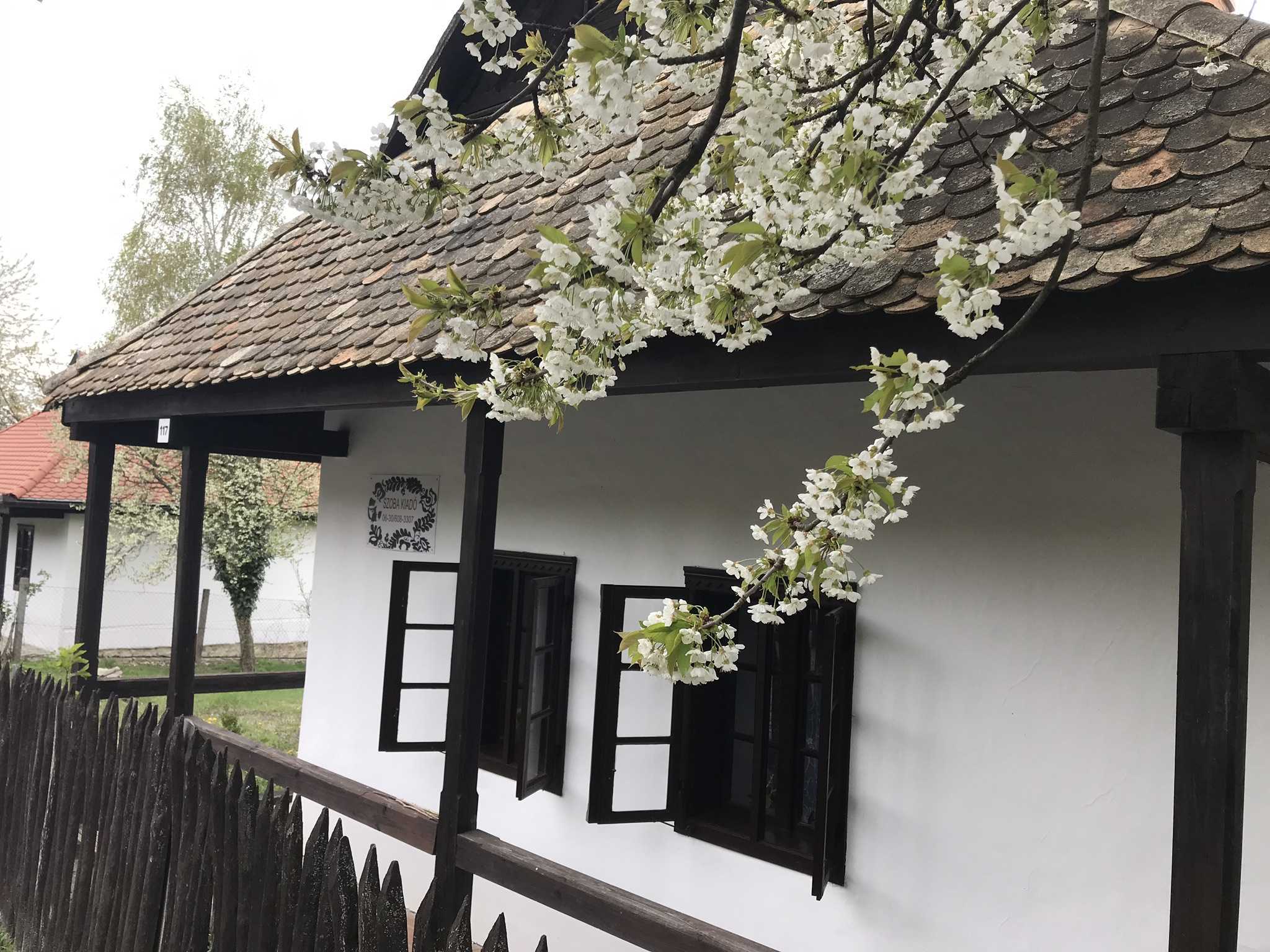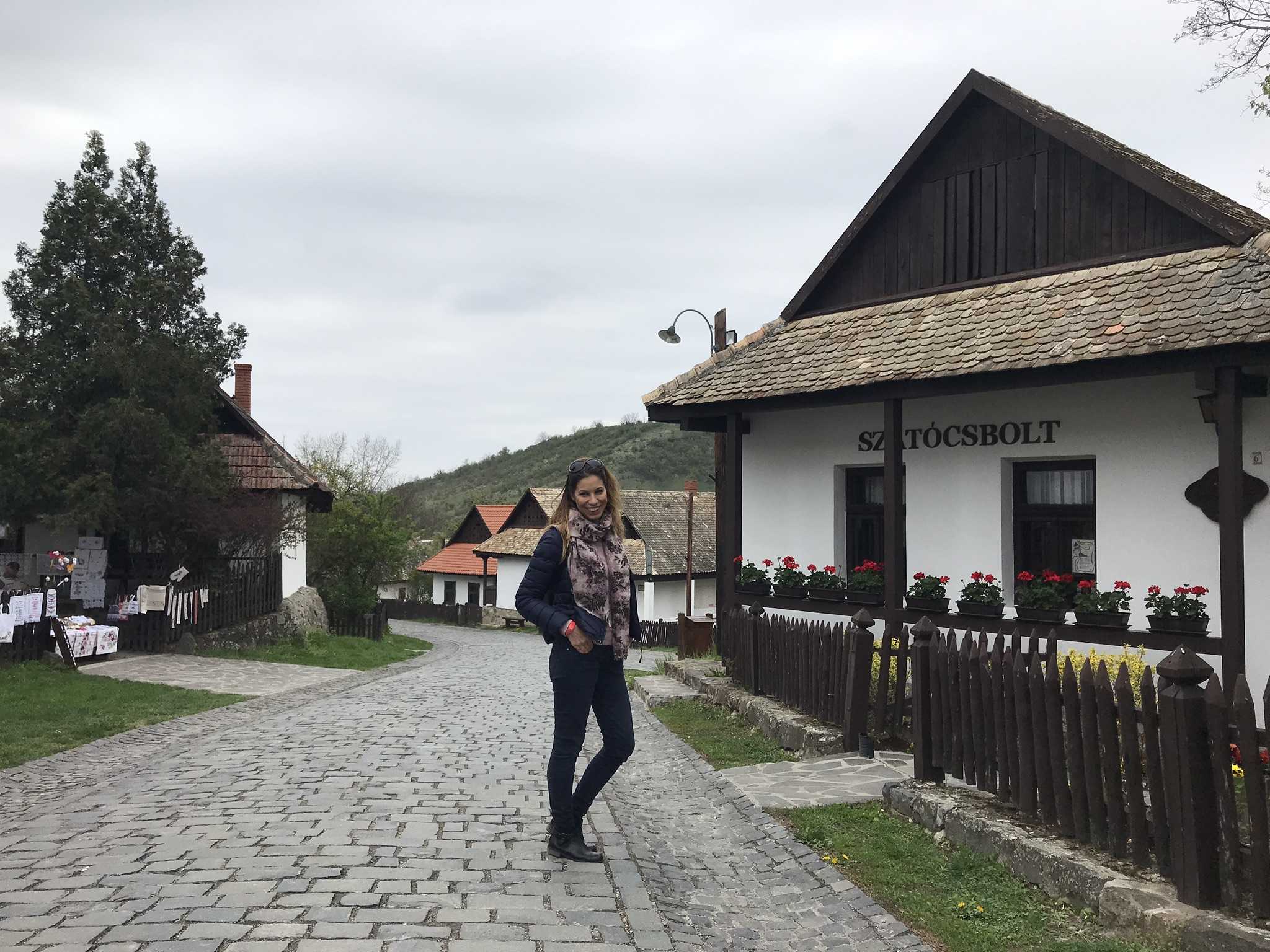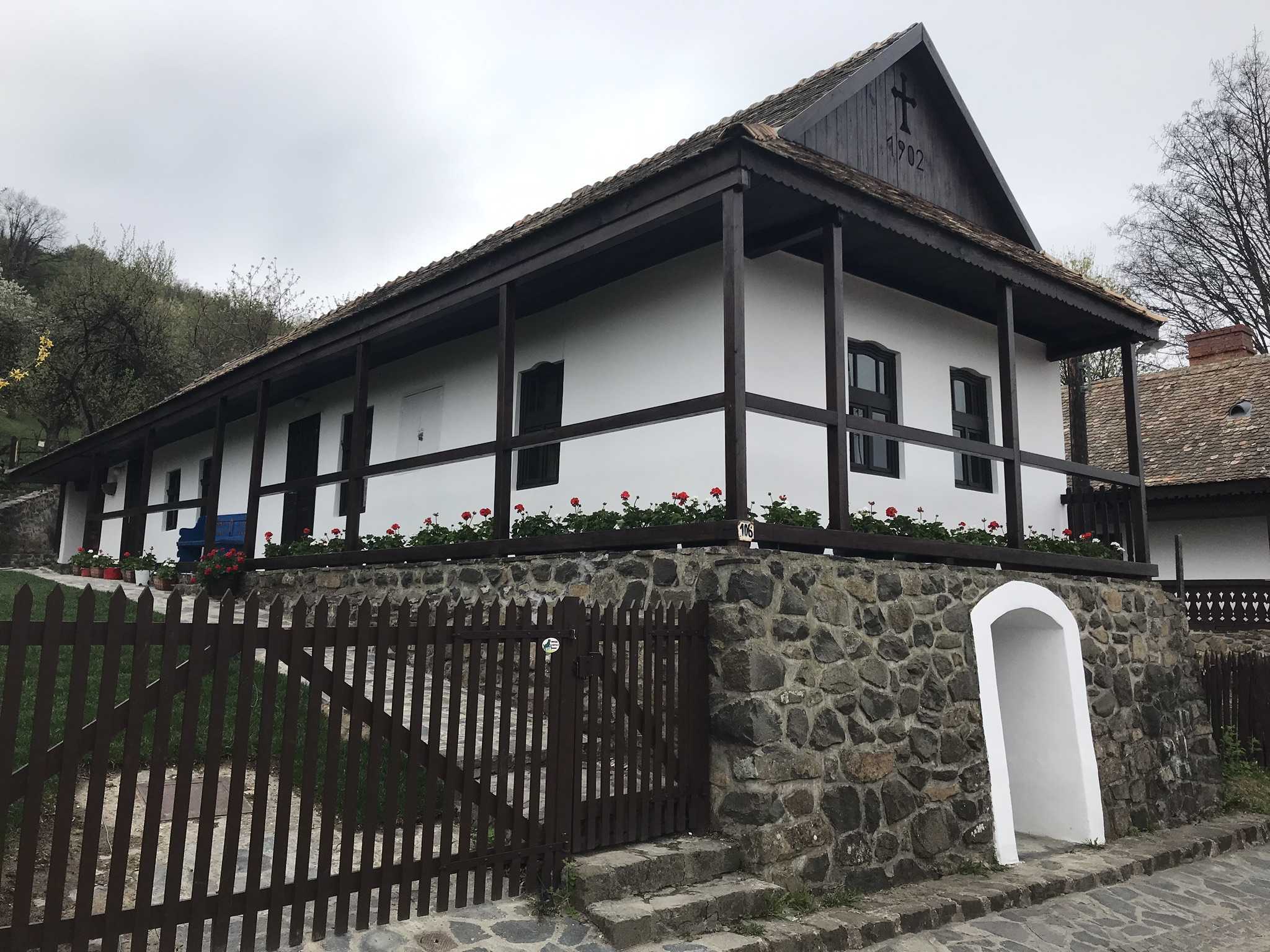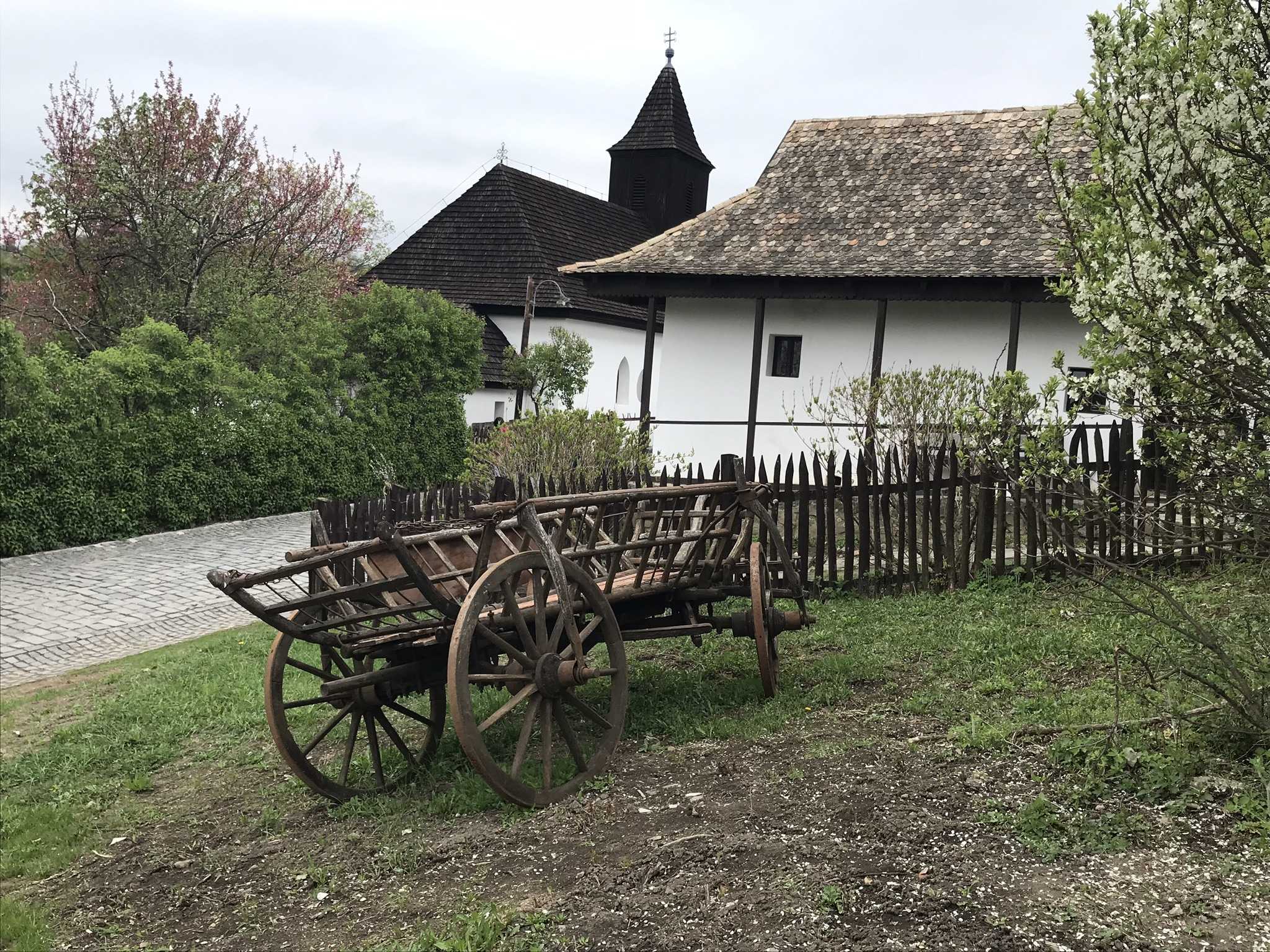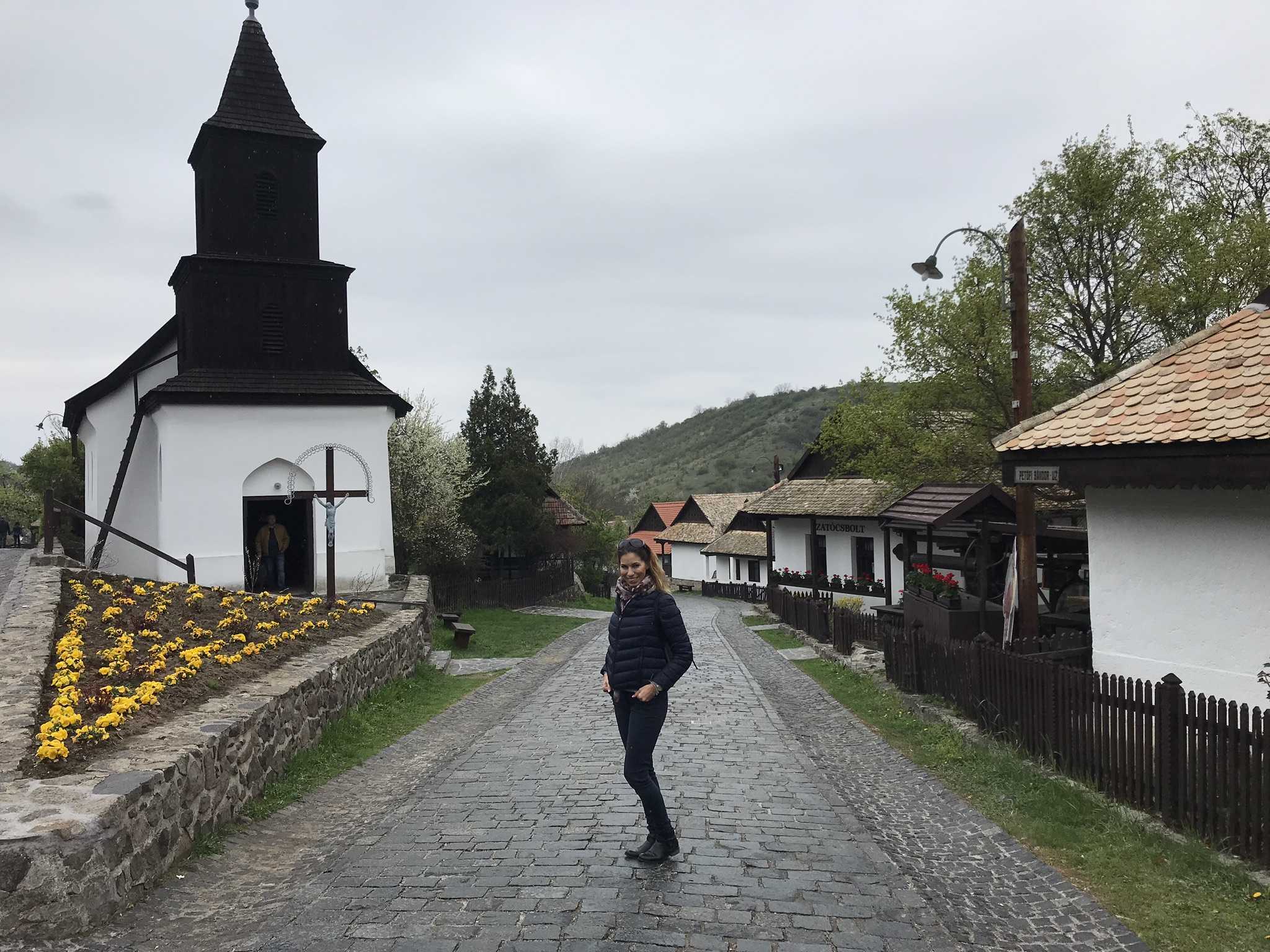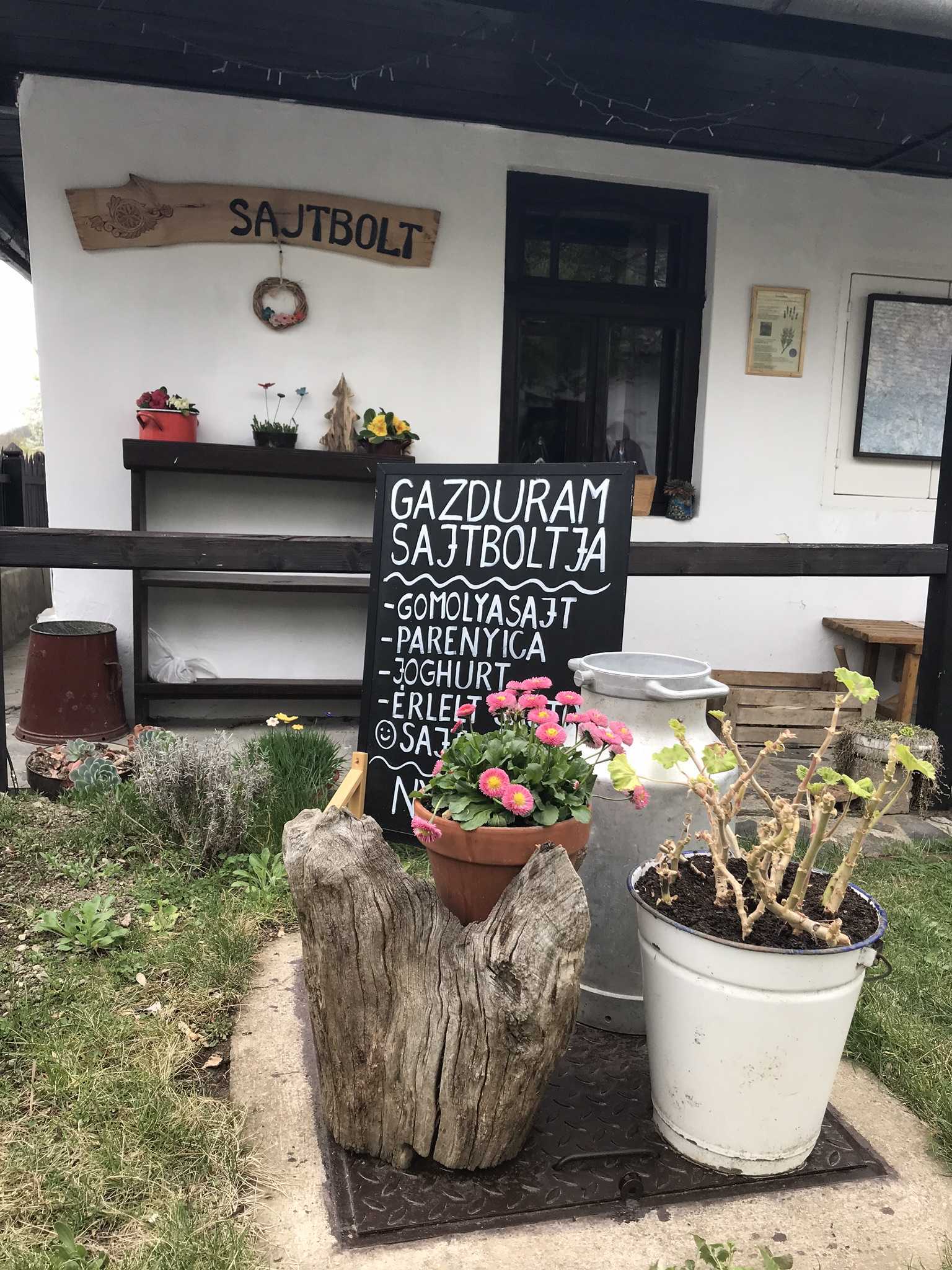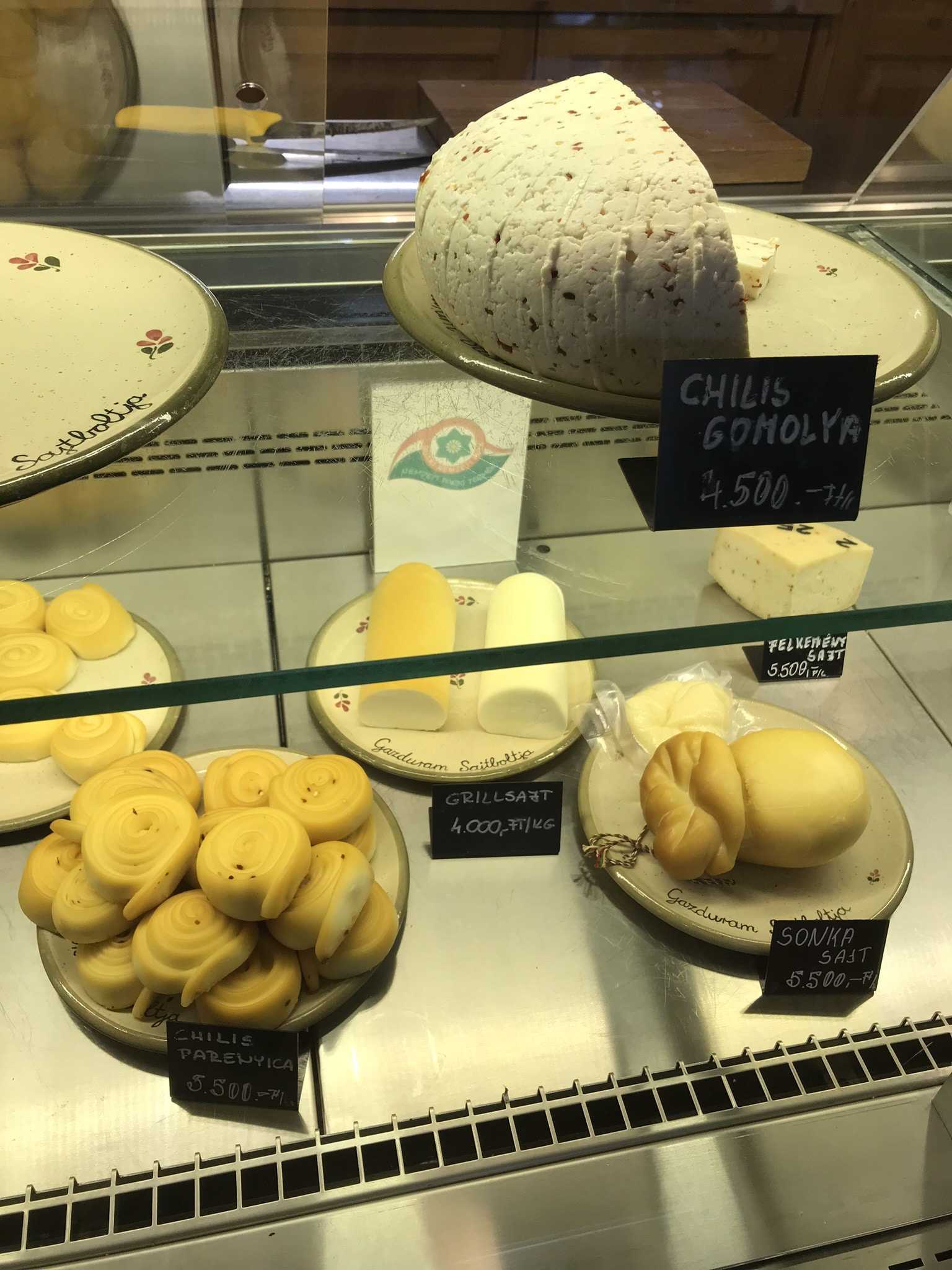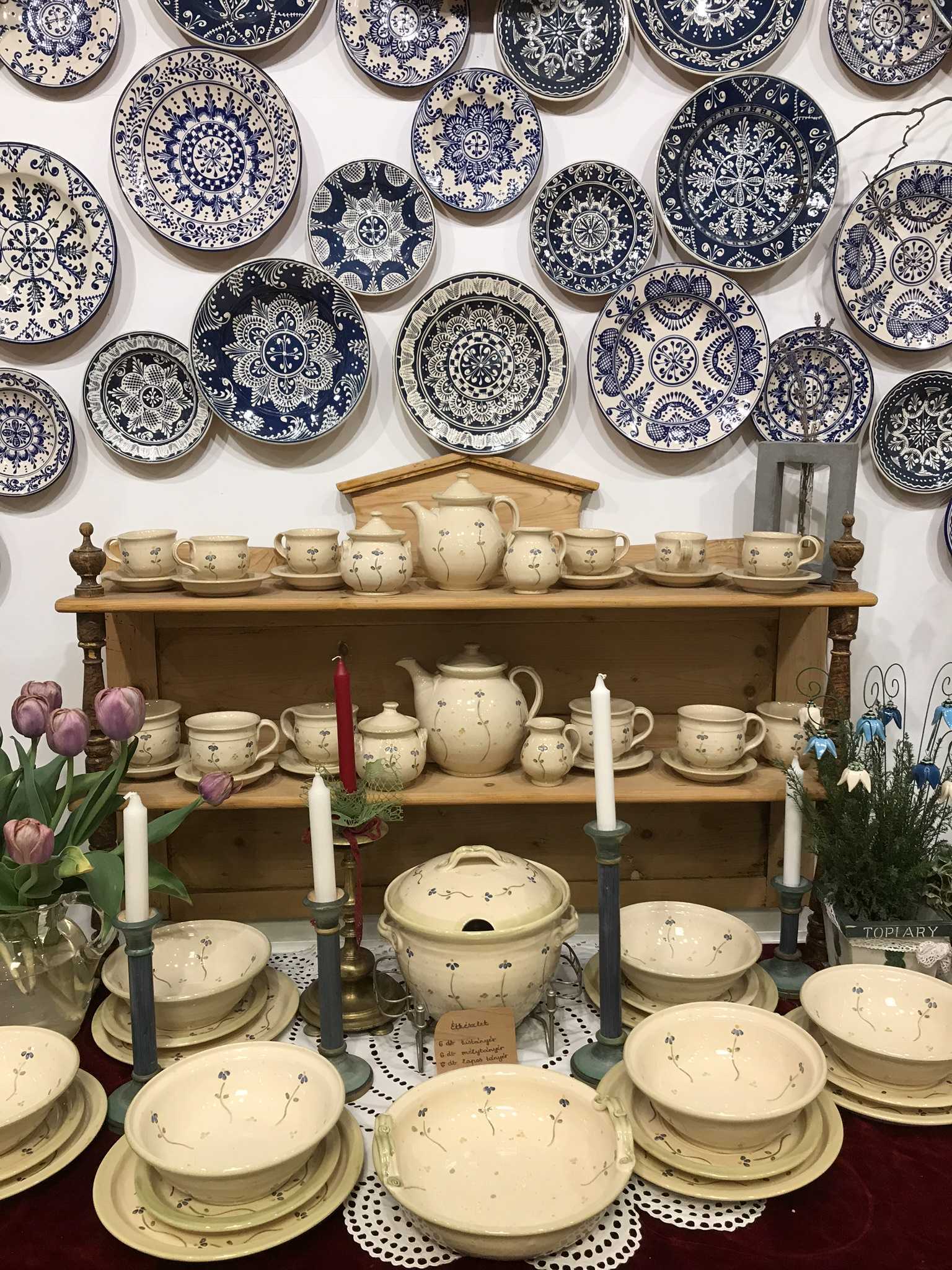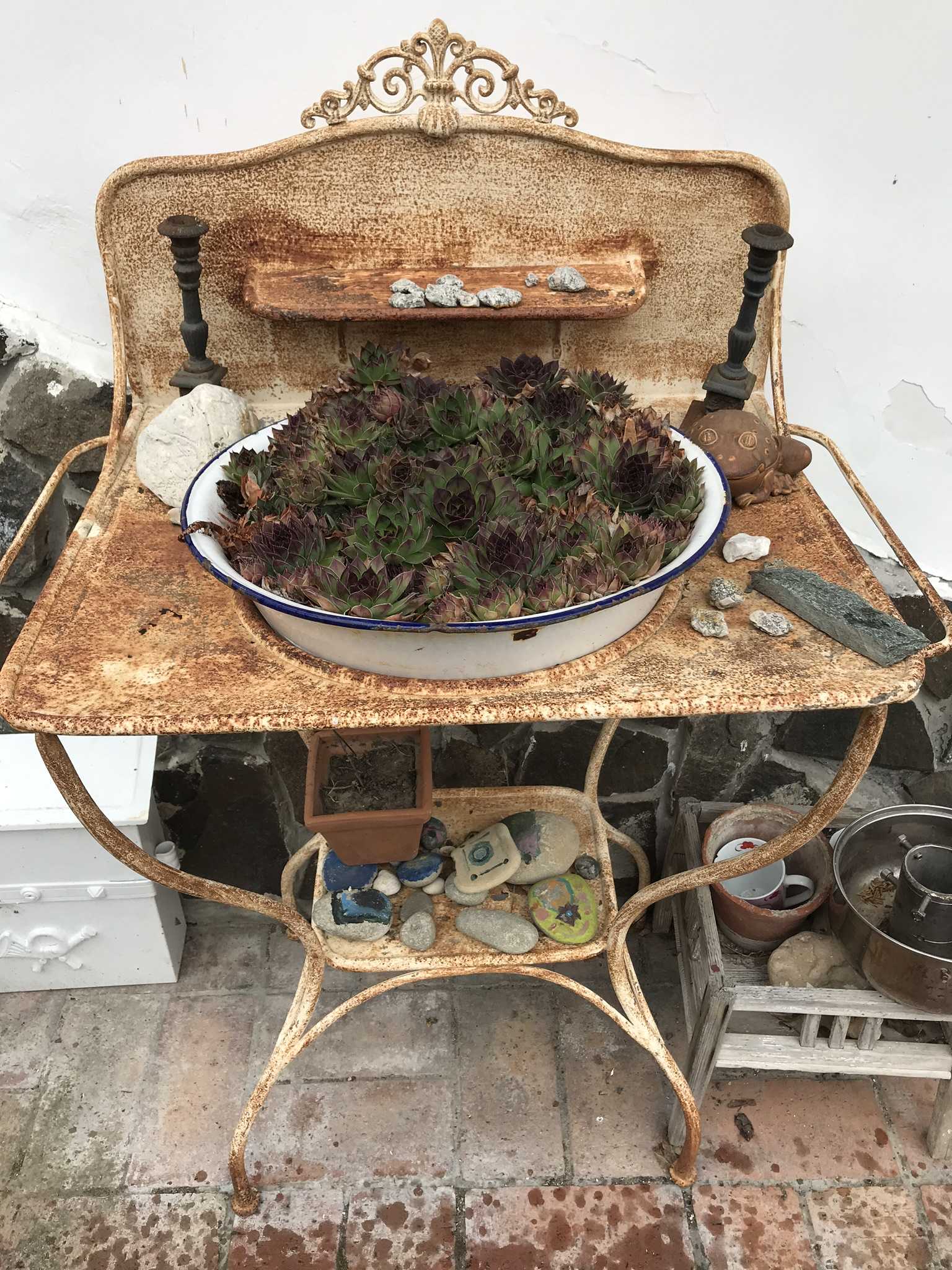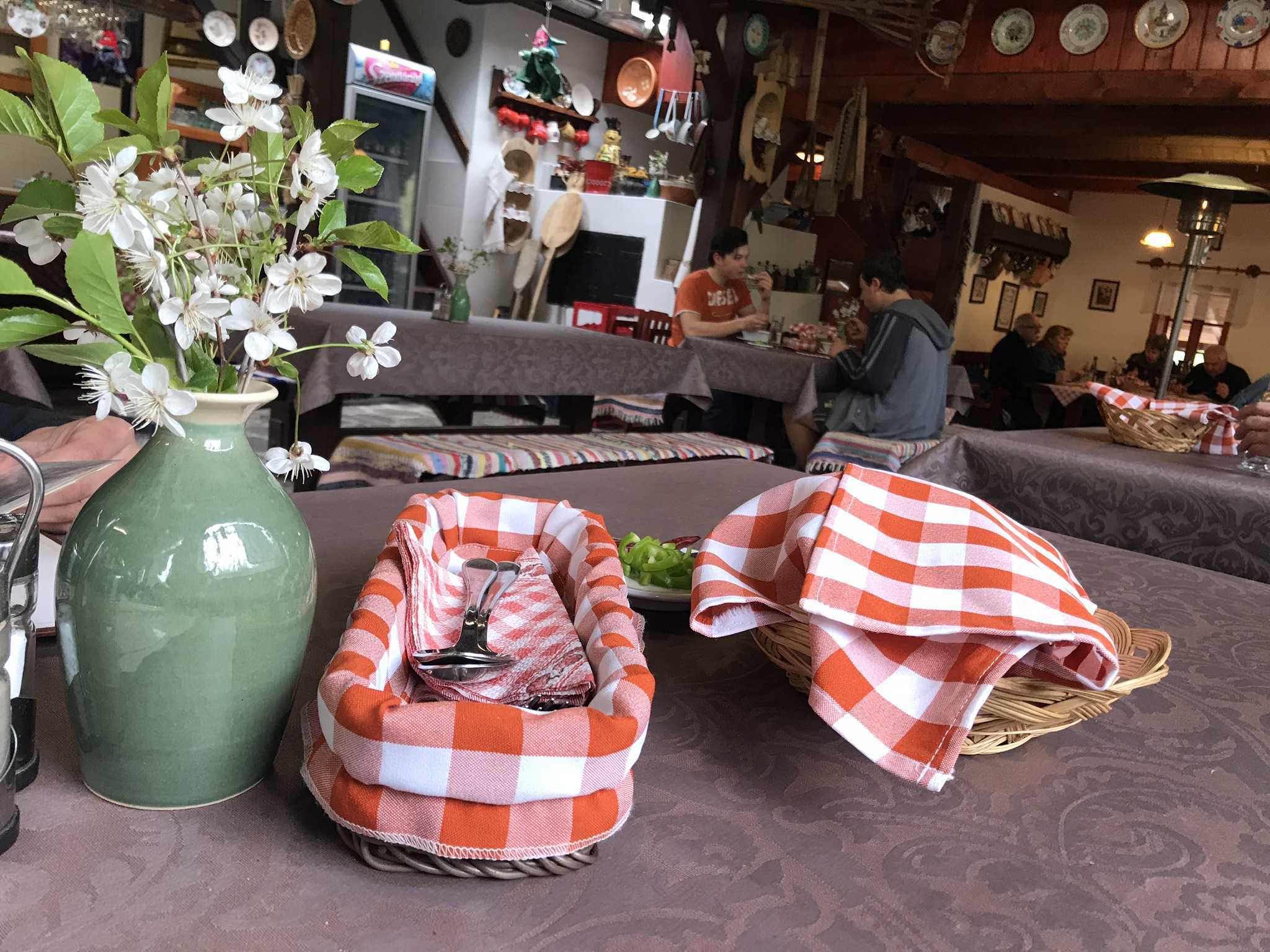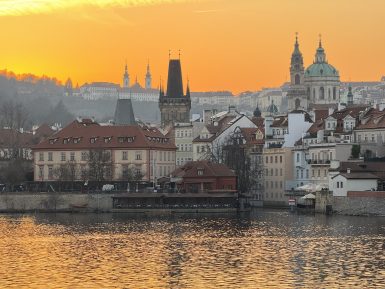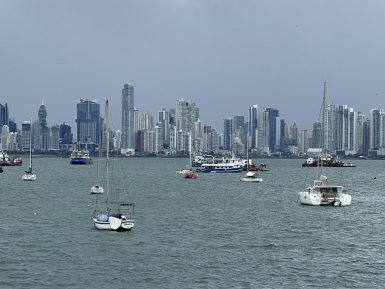A village in the mountains. A traditional village. A Palóc village. A UNESCO World Heritage village. The living village. Hollókő, the village. Each of the above adjectives perfectly describes this tiny village in Nógrád County, where I returned after many, many years to rediscover the beauties of the Hungarian settlement. In addition to traveling abroad, I think it is important to roam your own country, because as I always say, being home is always home sweet home.
As you approach Hollókő, the first thing that hits a man’s eye is a statue of a raven sitting on a rock and a castle towering atop a hill in the background. The two things are organically connected. According to legend, a beautiful girl was once imprisoned in the castle, who was owned by castle’s lord, András Kacsics. It was a good thing in the misfortune that the girl’s governess was a witch who at night called the ravens to help demolish the castle. Every night, the ravens appeared around the castle and spread its stones until the kidnapped girl was released. Well, that’s where the name of the settlement comes from: Hollókő means Raven’s Stone in English.
The best way to explore the village is with the so-called village walking ticket, which can be purchased at the Threshold Information Office next to the parking lot, together with an information booklet. When I was there, preparations for the Easter holidays were in full swing, and in addition to the ravenstone-emblem sprinkle buckets, Easter egg decorations were advertised throughout the village, that it would soon be a big party here. Easter is undoubtedly the biggest holiday in the settlement, which is populated only by 400 people. At Easter holidays girls and boys wear traditional palóc clothes and revive the tradition of watering, accompanied by gastronomic programs and knightly games. If you don’t have plans for Easter weekend and you want something really special, let’s go to Hollókő. Detailed programs and descriptions can be found here. In view of the large crowds, it is worth arriving early in the morning or staying in the old village the day in front of one of the charming guesthouses.
However, it is worth visiting Hollókő not only because of the Easter holidays but also on any weekend, as I did on a Saturday. Due to the cool weather, there were not many people in the village, so it was really refreshing to walk around the forest to Hollókő castle and then back to the center of the village. Near the village, there are many well-built hiking trails for nature lovers, where you can choose from a few kilometers to a distance of 17 km (Hollókő-Felsőtold-Alsótold-Hollókő) depending on your fitness level. Hollókő Castle is home to countless activities from spring to autumn, next time to medieval castle games held at Easter. The panorama from the top to the slopes of Cserhát is a must-see program, but it is also worth taking a detour inside the building, where visitors can get an insight into the life of the castle through the furnished rooms.
Walking down the hill, through the forest, a few minutes’ walk away, you will find yourself in the heart of the old village. The 67 characteristically whitewashed, bunted Palóc houses offer a very beautiful view. I felt like I went a hundred years back in the past as part of time travel. But when I saw that these houses are full of life and not just empty exhibition spaces, I had an even greater joy to explore the village.
The previously redeemed walking ticket offers free access not only to the museum in the castle but also to almost all exhibition sites of Hollókő. In fact, you can even taste a little local wine and cheese in the tiny houses. One of the fondest memories in me was the Oskola (it’s an old name of the school in Hungarian). When I was a child, I often played a schoolteacher with my chalkboard and my little books. Although I never planned to enter a teaching career, now that I’m writing about my travels, I’m doing something similar, value-saving and knowledge-transferring activity.
One of the most impressive buildings of Hollókő is the church with a wooden tower, which is located in the heart of the old village. Here, in front of the church, a multitude of young people will soon revive the folk traditions dressed in fancy clothes, which, in addition to Easter, are also the venue of weddings or family events. In case someone wants to take a hint of world heritage to home, for instance, a beautiful lacy shirt-scarf or richly decorated silk handkerchief, you can purchase them in the Guzsalyas House or at the Pottery House.
In the fairytale world of Hollókő, at the Muskátli Restaurant, I ate Kálmán Mikszáth’s favorite food, the Palóc soup, and then the cabbage noodle, and finally, I choke it all down with a pancake filled with poppy seed and red wine plum jam. I believe that Hollókő should be seen by all. Not only because it was listed as a UNESCO World Heritage Site in 1987 and it was the only village in the whole world that boasted this valuable recognition. But also because it preserves and revives the values of Hungarians that we can rightly be proud of for centuries.


